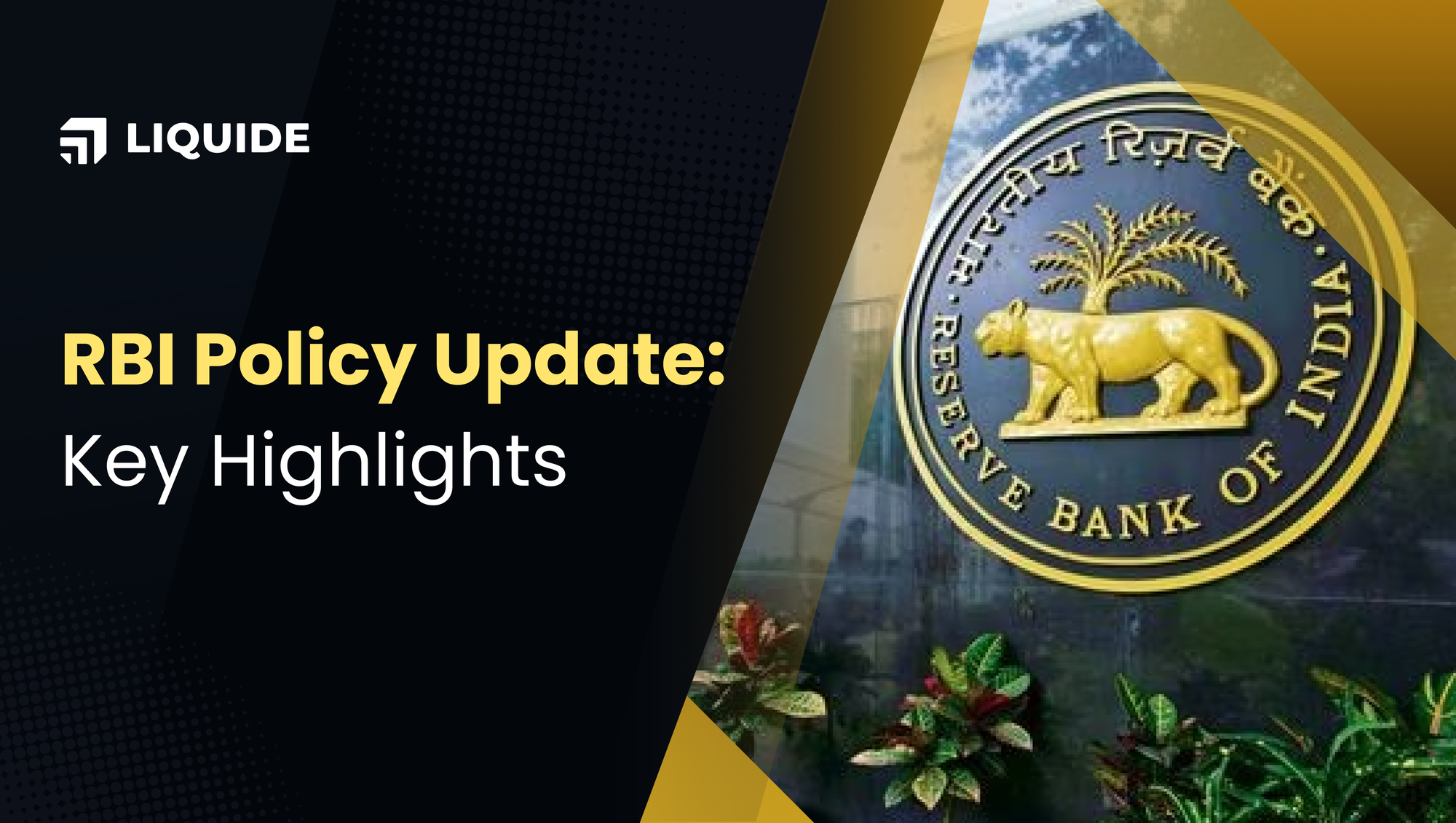RBI Holds Rates Steady: Why That's a Smart Move
RBI keeps the repo rate unchanged at 5.50%, signaling a cautious yet optimistic approach amid global trade tensions. Learn what this means for markets, inflation and where to invest next.

The Reserve Bank of India (RBI) just wrapped up its August 2025 policy review, and, as expected, kept the repo rate unchanged at 5.50%. While some may see this as a case of “nothing new,” the central bank’s move reflects a much deeper narrative of caution, calculation and quiet optimism.
Let’s break it down — what just happened, why it matters and how you can invest smartly in the current market climate.
No Rate Cut? Here's Why That’s Still Good News
RBI Governor Sanjay Malhotra, in a unanimous decision, announced that the central bank will maintain its “neutral” policy stance. This comes after a series of rate cuts earlier in the year — including a surprise 50 bps cut in June — giving the market ample liquidity to digest.
Now, the central bank wants to see how those measures ripple through the economy before doing anything more drastic.
Growth Outlook? Still Confident for FY26
Despite global headwinds, the RBI has held on to its GDP growth forecast for FY26 at 6.5%. India's economic engine is running well, thanks to a buoyant services sector, strong government capex and plenty of liquidity support.
However, the RBI did flag that global trade headwinds—especially US tariffs—could muddy the waters and dent export-driven growth down the line.
The Inflation Story: Lower Projections, Window for Future Cuts
Here's some good news: The RBI has pulled down its inflation projection for FY26 to 3.1%, a significant drop from the earlier estimate of 3.7%. Retail inflation recently hit its lowest in over six years, thanks to food price moderation and a fantastic monsoon. This gives the RBI a potential window to cut rates again if the environment stays friendly.
Global Trade Tensions: The Elephant in the Room
Let’s talk tariffs. With the US slapping 25% duties on Indian goods —and the looming threat of more—there’s no ignoring the international wildcards. Higher tariffs can disrupt supply chains, create inflationary pressures and even lead to job losses. Sectors like textiles, engineering, and pharmaceuticals could bear the brunt, making agility crucial for both policymakers and investors.
Sensing the uncertainty, the RBI is taking a cautious approach—holding off on further rate changes while keeping a close eye on global developments.
RBI’s Strategy: Calculated Caution
In June, the RBI had slashed the Cash Reserve Ratio (CRR), effective from September 6, 2025. This will inject an estimated Rs 2.5 lakh crore into the banking system by November, creating an environment of easy credit and supporting economic activity.
Market Sentiment: A Little Disappointed, But Eyes on October
Equity markets showed some disappointment following the announcement, with rate-sensitive sectors like banking and real estate under pressure. However, market participants are now turning their attention to October—where the probability of a rate cut may rise if inflation remains subdued.
What This Means for You as an Investor
While global uncertainties loom—from geopolitical conflicts to a weakening rupee—this is a moment of strategic opportunity. Historically, market rebounds post-crisis (think 2008 and 2020) have delivered outsized returns for disciplined investors.
India’s fundamentals remain intact: resilient GDP growth, increasing capital expenditure and structural reforms shaping a decade-long runway for expansion.
Yes, valuations are on the higher side, but opportunities still exist in quality stocks, select mutual funds and ETFs. The key is to avoid panic and stay focused on businesses with strong earnings visibility and growth potential.
Where to Invest Now?
With global trade tensions rising, consider reducing exposure to export-reliant sectors. Instead, focus on domestic themes like consumer goods, banking and NBFCs, that offer relative insulation compared to export-heavy industries.
For those unsure of where to begin or how to balance risk, Liquide Wealth Baskets offer a curated approach. These diversified portfolios are actively rebalanced to align with market conditions. Through systematic investment plans (SIPs), you can build long-term wealth without trying to time the market.

